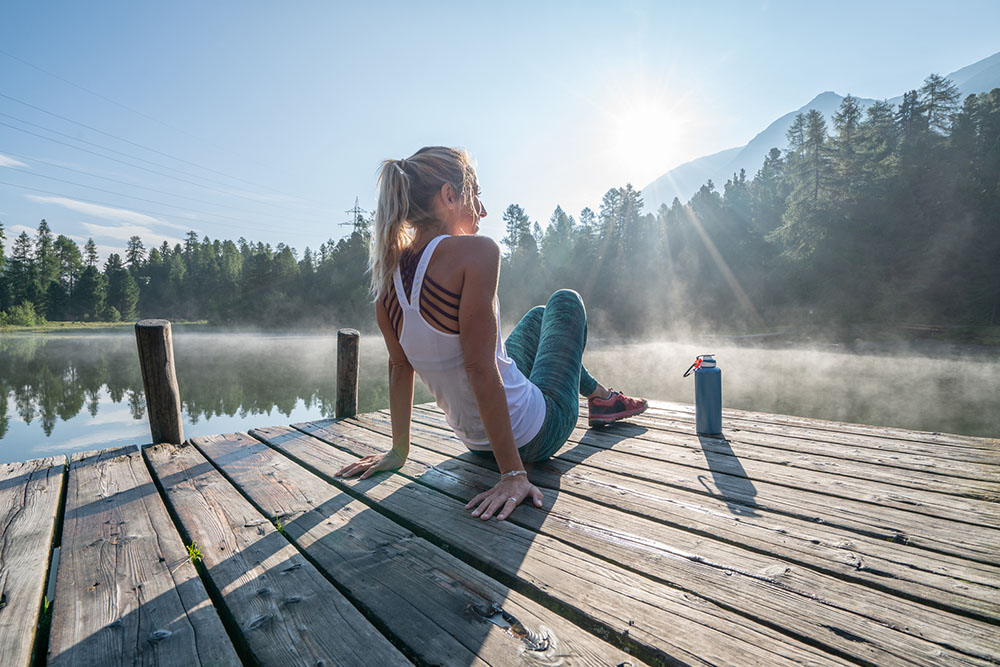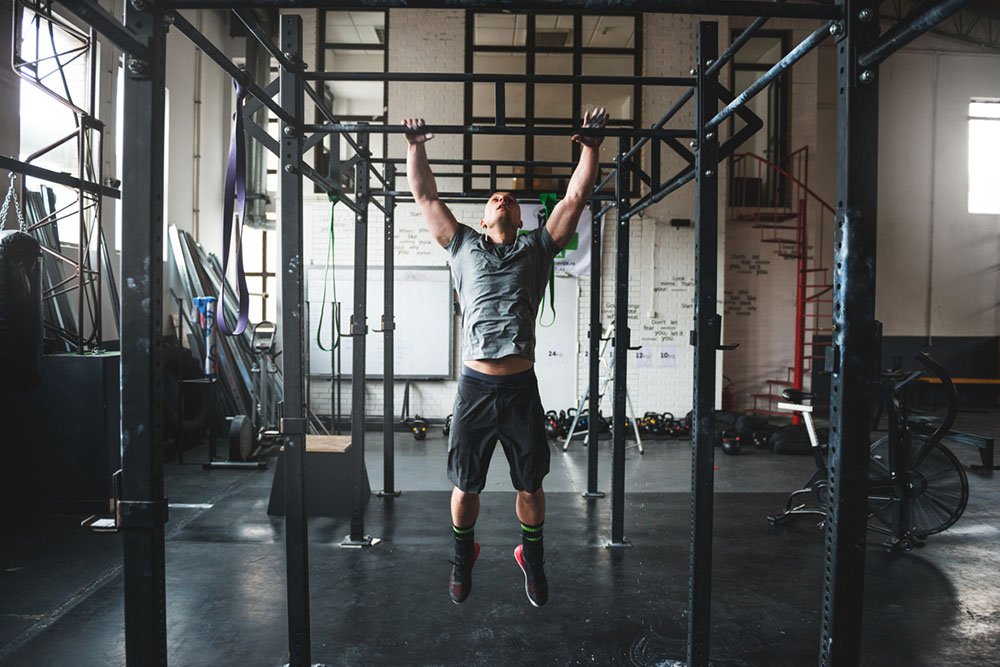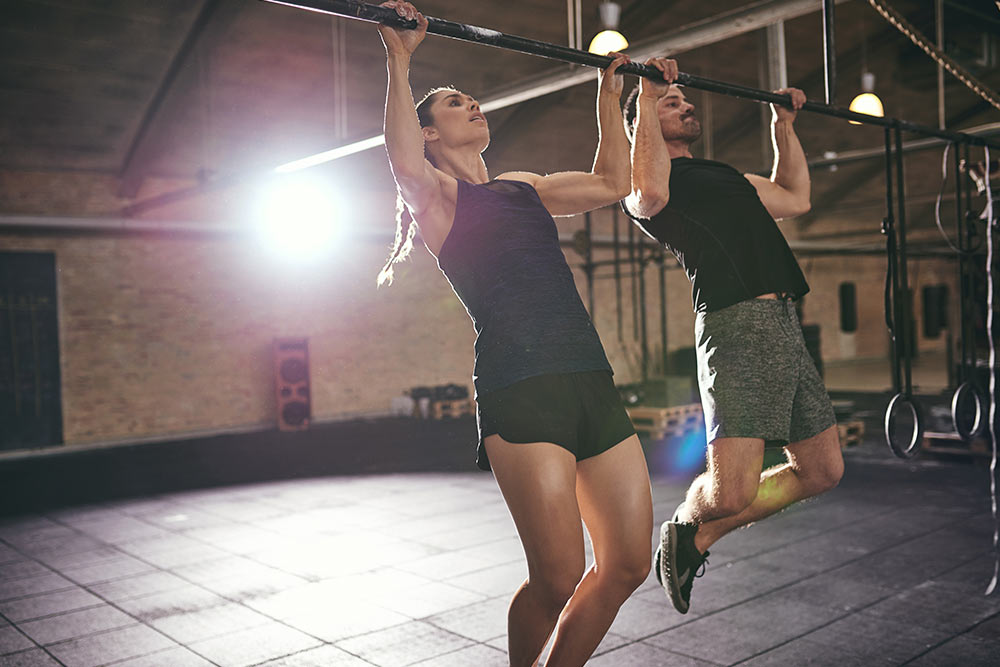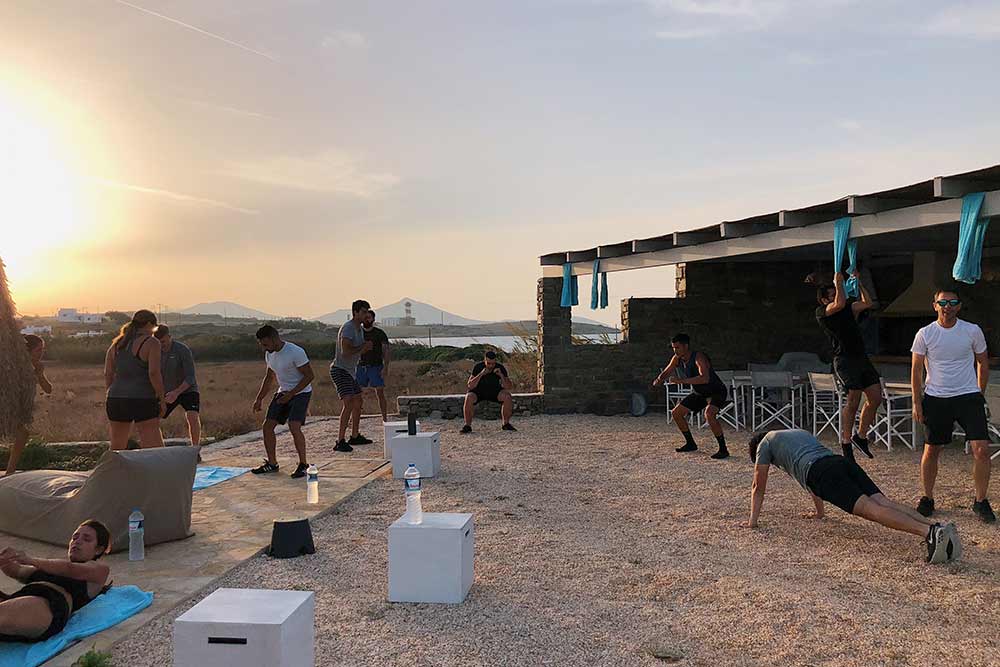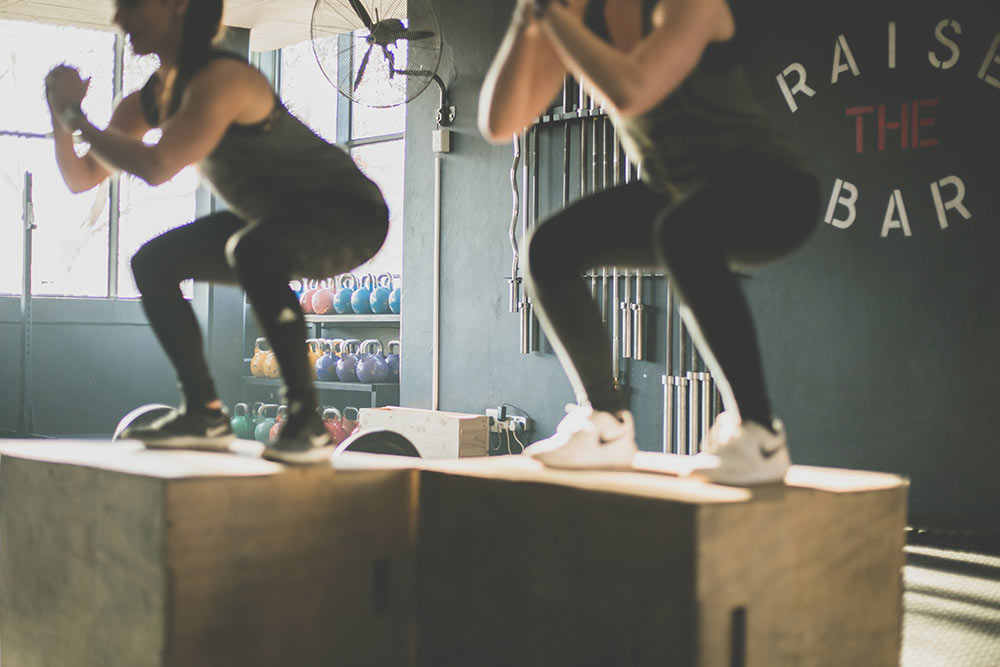Ultimate Recovery Tool: Recoup Fitness Cold Roller
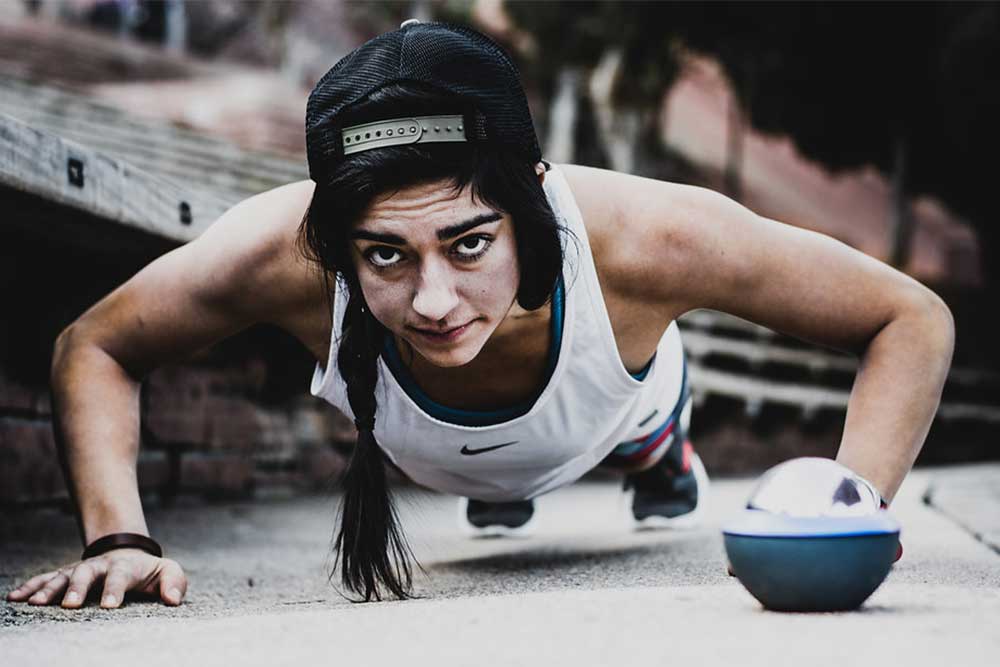
Katie Rose Hejtmanek, PhD
 I am masters athlete currently training for a women-only powerlifting meet (where the majority of the lifters are masters athletes!) and in order to be at my best, I must focus as much on my recovery as I do my training. But even if one isn’t training for an event, a recovery regimen is essential for maintaining an active lifestyle throughout the lifespan. My recovery regimen includes long walks, stretching, massage, essential oils, and temperature therapy, including both heat and cold.
I am masters athlete currently training for a women-only powerlifting meet (where the majority of the lifters are masters athletes!) and in order to be at my best, I must focus as much on my recovery as I do my training. But even if one isn’t training for an event, a recovery regimen is essential for maintaining an active lifestyle throughout the lifespan. My recovery regimen includes long walks, stretching, massage, essential oils, and temperature therapy, including both heat and cold.
Cold therapy (sometimes referred to as “cryotherapy”) has a long history in sports medicine (Eston and Peters 1999; Haines 1967; MacAuley 2001; Swenson, Sward, Karlsson 1996; Tipton et. al 2017; although more research needs to be done see Bleakley, McDonough, MacAuley 2004). Swenson, Sward, and Karlsoon (1996) sum up this history in their research. They found that the application of cold therapy can be an effective recovery tool as it decreases inflammation and has few complications or side-effects. As I age, I feel better when I use cryotherapy in my recovery routine. I take ice-baths or use bags of ice on my legs after workouts. I take cold showers after the sauna. I also sometimes use ice-cups for ice massage, but this is rare because they are so messy.
I recently had the opportunity to expand my cold therapy regimen using the Cold Roller, a product created by Recoup Fitness. The Cold Roller is a metal rollerball of non-toxic gel that freezes in 2 hours and remains cold for 6 hours. The outcome – a long-lasting, no-mess ice massage!
I love it.
Why do I love it?
1)
It freezes quickly and the cold lasts long enough to ice massage my entire body, multiple times in one freeze. I’ve carried a frozen Cold Roller to the gym, worked out, and then, after training and stretching, I used the still-freezing Cold Roller to massage my tired body. I carry the long-lasting Cold Roller with me as an essential component of my active lifestyle.
2)
I can also carry the long-lasting Cold Roller with me because there is no mess of melting ice! When I use ice bags or cups, I have to be careful about where and when I do so due to the water mess. With the Cold Roller, there is no mess. The no-mess factor is another reason the Cold Roller is a now an essential piece of my active lifestyle.
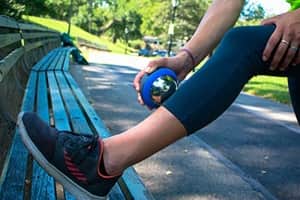 Both the long-lasting and no-mess aspects of the Cold Roller are critical for the use of cold therapy as recovery. Specifically, the recovery process can begin in the car after a long hike, on the couch while having morning coffee, or at the gym as I stretch. I have used the Cold Roller after workouts, before workouts, in the morning as I wake and stimulate my blood flow, after a long day of work before bed, on the go, and at home. The Cold Roller is the ultimate solution for ice massage and it is now my go-to cold therapy regimen. The Cold Roller is a game-changer.
Both the long-lasting and no-mess aspects of the Cold Roller are critical for the use of cold therapy as recovery. Specifically, the recovery process can begin in the car after a long hike, on the couch while having morning coffee, or at the gym as I stretch. I have used the Cold Roller after workouts, before workouts, in the morning as I wake and stimulate my blood flow, after a long day of work before bed, on the go, and at home. The Cold Roller is the ultimate solution for ice massage and it is now my go-to cold therapy regimen. The Cold Roller is a game-changer.
One of my favorite untested aspects of the Cold Roller is that it is carry-on travel size, 3.4oz. I travel next week for 10 days and need to continue training for my powerlifting meet! I’m so glad I can bring cold therapy with me as part of my recovery routine. Often during travel, staying active can be difficult due to time constraints or not wanting to travel with workout gear (see my article on this here). I can fit the Cold Roller in my running shoes in my carry-on without the worry or hassle of size and mess. The Cold Roller’s size and long-lasting no-mess allow for me to easily include cold therapy even during travel.
As an avid believer and practitioner of a recovery regimen, especially temperature therapy, I’m sold! The cold roller has replaced my other cold therapy practices (although I still take an ice bath every once in a while) and is now an essential part of my active routine and lifestyle.
Apparently, a Hot Roller is on the horizon and I cannot wait to try that!
*This article contains affiliate links
You Might Like:
The Science of Temperature Therapy
Temperature therapy (also known as “thermal therapy” or “thermotherapy”) involves the use of heat or cold to improve health and function. Interestingly, thermotherapy has been around for centuries, with ancient cultures regularly using hot springs,...The Predictors of Longevity You Need to Care About
Living a long and healthy life is a universal aspiration, and with the publication of Peter Aittia’s new book “Outlive”, it has never been a bigger focus. With this has come the realisation that, while...How Overtraining and Undertraining Impacts Hormonal Health
While maintaining a healthy hormonal balance is essential for overall health and wellbeing, it is an often-overlooked component of women’s health. Hormones play a vital role in regulating various bodily functions, including metabolism, energy, mood,...12 days of Fitness: 12 Holiday workouts to crush this Christmas
The holiday period is a time for friends, food, and family. With this in mind, it should be a time of guilt-free fun. However, that doesn’t mean you have to neglect your fitness entirely over...Upper Body Strength in Post-Menopausal Women
Menopause is a unique time in the human life, and with it comes a myriad of changes that can have wide reaching health implications. However, over the last 20 years we have seen a strong...Exercise After Menopause: What You Need To Know
Menopause is one of the most significant events in a woman’s life, and with it comes several changes that can affect function. Moreover, the post-menopausal period comes with many health considerations that can have a...Bibliography:
Bleakley, C, McDonough, S, MacAuley, D. 2004. The use of ice in the treatment of acute soft-tissue injury: a systematic review of randomized controlled trials. American Journal of Sports Medicine 32(1): 251-261.
Eston, R., Peters, D. 1999. Effects of cold water immersion on the symptoms of exercise-induced muscle damage. Journal of Sports Science 17: 231–238.
Haines, J. 1967. A survey of recent developments in cold therapy. Physiotherapy 53(7):222-229.
MacAuley, DC. 2001. Ice therapy: How good is the evidence? International Journal of Sports Medicine 22: 379–384.
Swenson, C., Sward, L., Karlsson, J. 1996. Cryotherapy in sports medicine. Scandinavian Journal of Medicine and Science in Sports 6: 193–200.
Tipton, MJ, Collier, N, Massey, H, Corbett, J, and Harper M. 2017. Cold water immersion: kill or cure? Experimental Physiology 102(11): 1335-1355.










